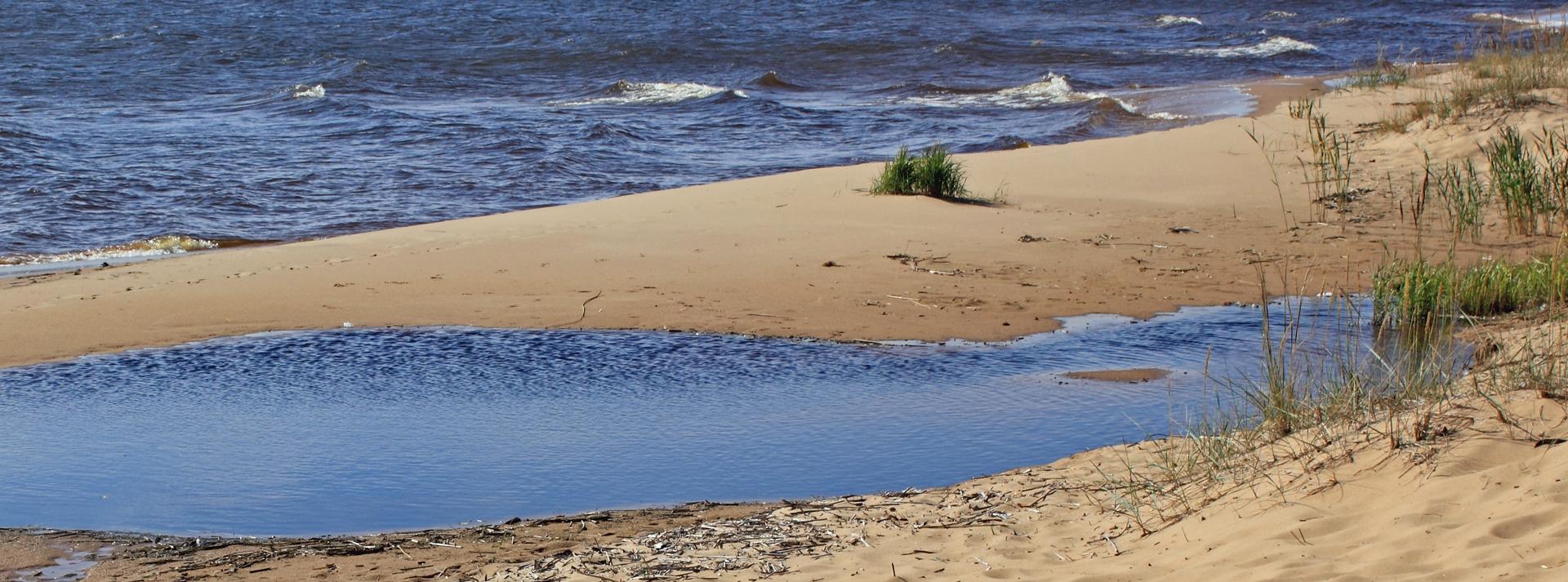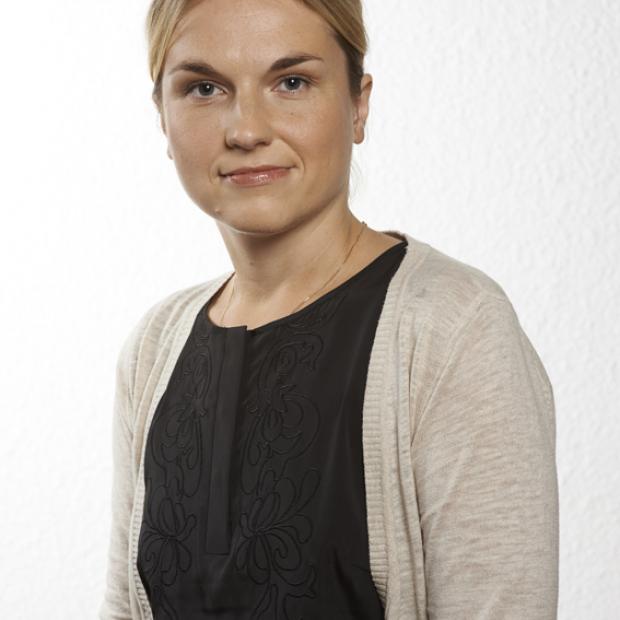Doctoral thesis: radioactivity can be found from Estonian sandy beaches
On Monday, 17 June, Johanna-Iisebel Järvelill, doctoral student at the School of Natural Sciences and Health of Tallinn University, defended her doctoral thesis in which she studies the minerology and radioactivity of Estonian coastal areas. The thesis revealed that heavier as well as lighter minerals may cause higher radioactivity at the beaches.

Heavy minerals in the coastal areas have concentrated into thin interim layers which lie deeper in the ground or in narrow superficial strips. These may include minerals (e.g. zircon, rutile, monazite, ilmenite, garnets, etc.) which may contain radioactive isotopes of natural origin. These generate a heightened level of radioactivity and may be hazardous to human health. Thus, it is important to study the minerals and determine the radioactivity levels thereof.
The highest level was found in Lemme
Järvelill used different methods in her study to determine the mineral content of sand samples taken from Northeast Estonia (e.g. the beach of Narva-Jõesuu), Southwest Estonia (e.g. Lemme), from the shores of Lake Peipus, and from many different places (Hiiumaa, the isle of Kihnu, Neeme, Nõva, Haversi, etc.). Her study was focussed on heavy minerals which accumulate, among other things, in connection with various different processes, such as storms, rising of the sea water level, and erosion. On-site measurement of radioactivity in different areas showed the highest level at the sampling sites in Lemme.
‘In the course of the work, I found that the deep-lying concentrations of heavy minerals have been caused by heavy storms in the past. Such mineral layers were also found on the ground, for example, on the shores of Lake Peipus, where they are influenced by modern processes, such as changes in the water level and intense waves,’ explains Järvelill.
Based on the laboratory analyses of the samples from Lake Peipus, the level of radioactivity was high at Alajõe. According to Järvelill, this related to the concentration of potassium feldspar and mica. At the sampling site of Lemme, the higher radioactivity level was related to the concentration of zircon, rutile, ilmenite, monazite, and amphiboles.
No need for concern
The author of the thesis and a group of researchers applied various methods to determine the opaque mineral or ore concentration of the samples from sandy beaches which had never been done in such detail before. Opaque minerals include numerous minerals associated with radioactivity, as well as those which may have a practical value. Finding of pseudorutile was new – this mineral has not been found by researchers in the samples taken from this area before.
The author of the doctoral thesis states that even though a higher radioactivity level was found in the samples from some sampling sites, there is no need to fear health risks, as those measurements describe certain points in the sampling sites, not the entire studied area. ‘We are surrounded by natural background radiation everywhere and receive a much higher dose of radiation when we, for example, fly on an airplane,’ adds Järvelill.
The thesis by Johanna-Iisebel Järvelill, doctoral student at the School of Natural Sciences and Health of Tallinn University, is titled ‘Mineralogy and Radioactivity of Estonian Coastal Deposits’ (in Estonian: ‘Eesti rannikusetete mineraloogia ja radioaktiivsus’).
Public defending of the thesis was held at Tallinn University on Monday, 17 June. The supervisor of the doctoral thesis is Anto Raukas, Professor Emeritus of Tallinn University of Technology and senior research fellow at Tallinn University. The opponents are Albertas Bitinas, professor at Klaipėda University and leading research fellow at the Nature Research Centre of Lithuania, and Alvar Soesoo, visiting professor at the University of Tartu.
The doctoral thesis is available at the Tallinn University Academic Library environment ETERA.




